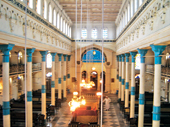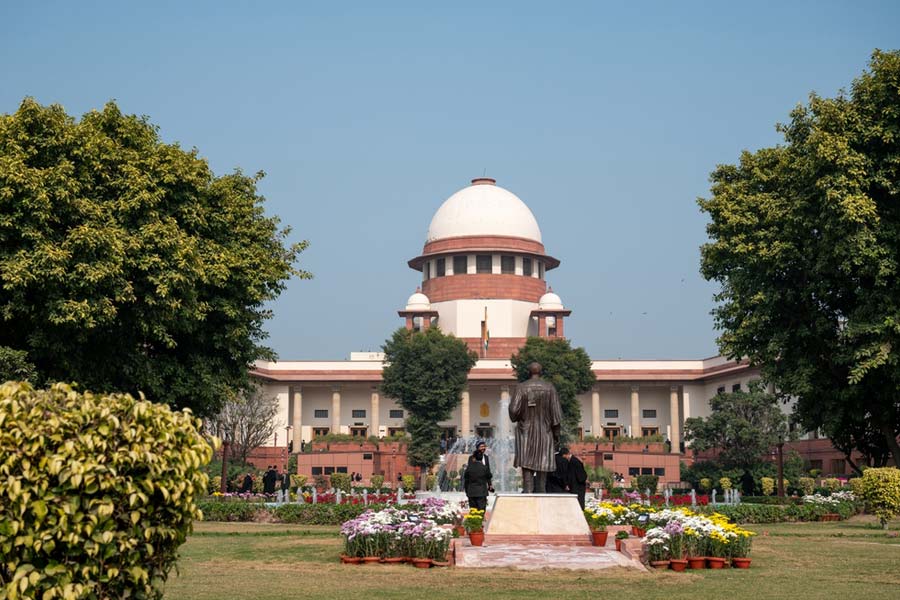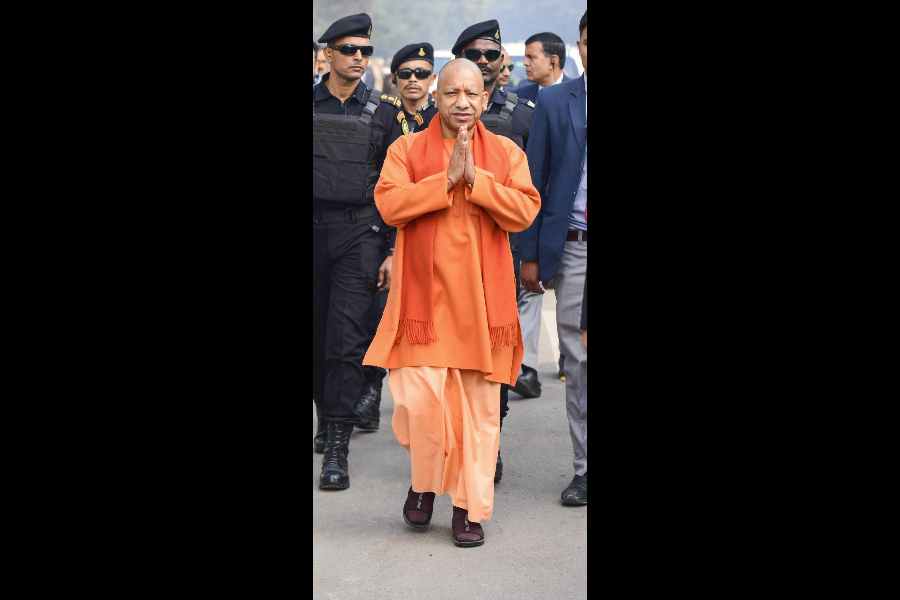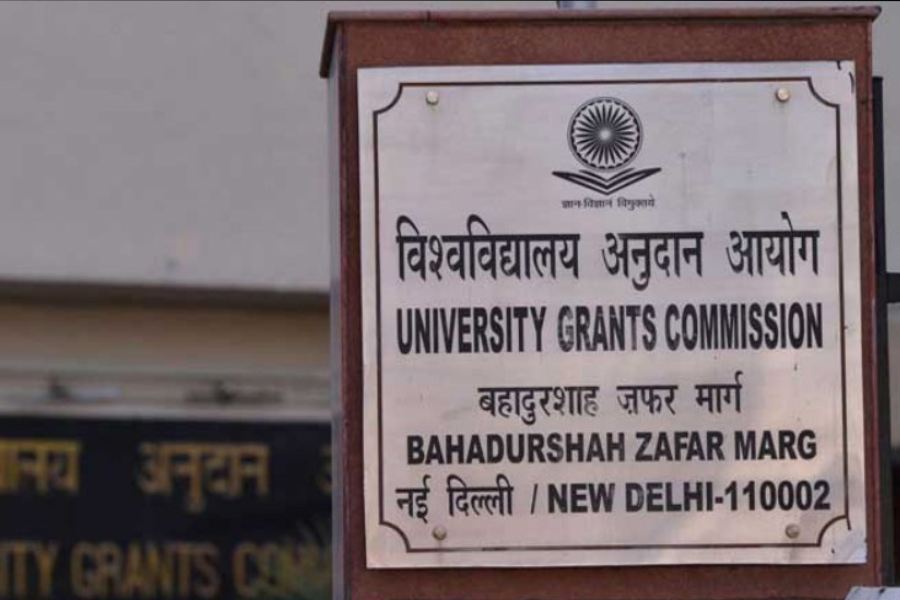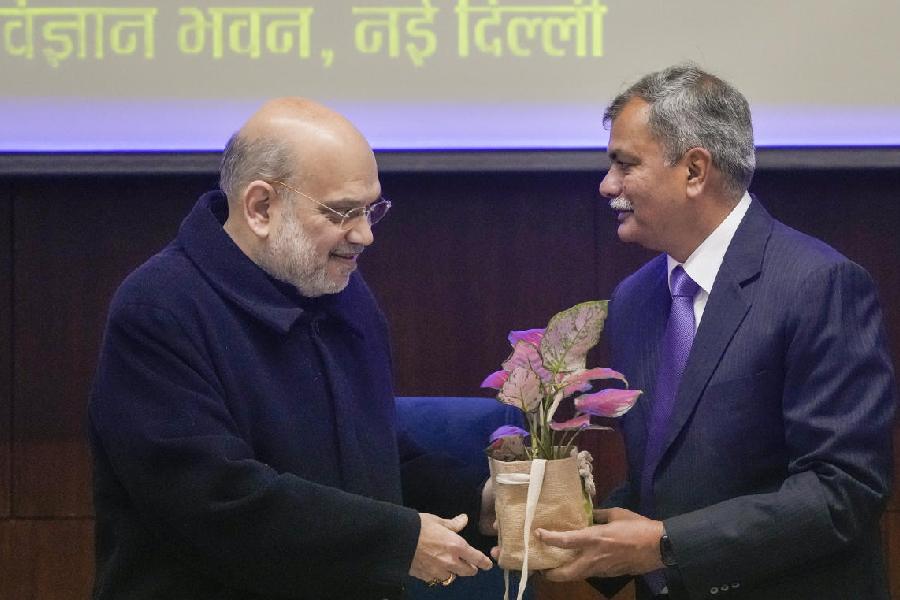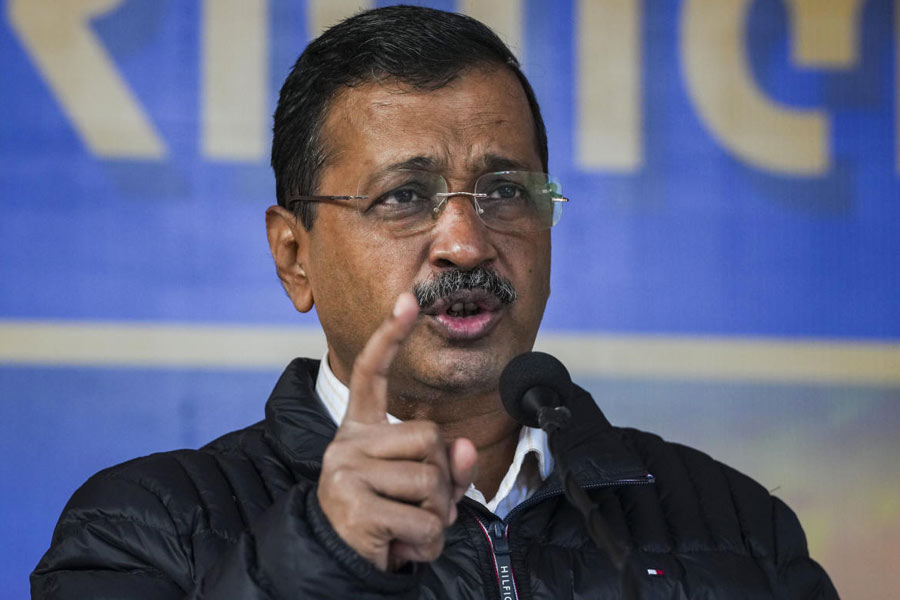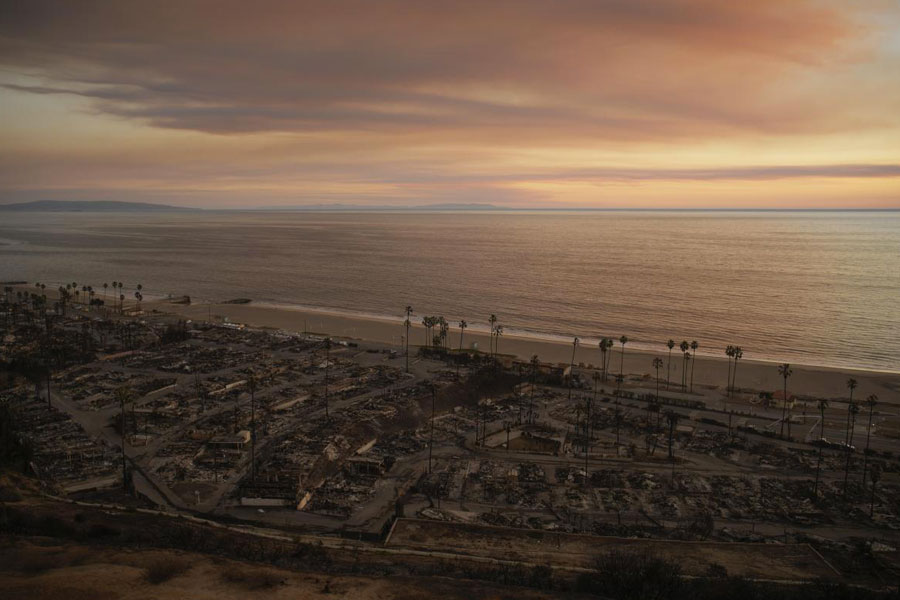 |
| The main hall of Bethel Synagogue; |
My visit to the Jewish synagogues in Calcutta first took me to chocolate pastries and cheese samosas — Nahoum’s in New Market.
Bloggers insist that the best way to visit the Magen David and Bethel synagogues is to approach David Nahoum, who deputes a guide to take tourists around the two Jewish places of worship. I contacted Nahoum’s and was asked to report at the bakery at 10am.
I landed up way before time and found New Market slowly stirring from sleep. Shopkeepers chatted over tea, some read the morning papers, others discussed the day’s display at the glass windows. The pace was slow, the mood relaxed — scenes that I would never have associated with the beehive called New Market.
Sharp at 10, Nahoum’s opened its doors, flooding my senses with the aroma of freshly baked goodies. Easter baskets added an extra touch of colour. I met Sam, an American, who was there for visiting the synagogues too. The day was Passover — a holy day marking the freedom of the Jews from Egypt — and Sam was looking for a Jewish family to host him. But there are very few Jews left in Calcutta, many of them old and ailing, and Sam was unable to have the traditional flat bread eaten during Passover, called Matzah.
 |
| Magen David Synagogue. Pictures by Samhita Chakraborty Lahiri and Bishwarup Dutta |
We were soon joined by Jo and Stephanie from the UK and set off in a cab with our guide, Karimbhai, an elderly man with a shiny bald pate and a ready smile.
Our first stop was Bethel Synagogue on Pollock Street, near Brabourne Road. Built in 1856, it’s a huge structure painted a pale yellow. Above the arched entrance is a large glass panel with an elegant pattern, flanked by columns bearing the Jewish star and Menorah (symbol of Israel). Right at the top is a clock with a black dial. Sadly, it didn’t tell the right time.
Wide marble stairs welcomed us inside. To the left of the main hall was the founder’s room. A grand portrait of David Joseph Ezra with a robust white beard and colourful jibbah dominated one wall. A real estate “tycoon”, Ezra lived at No. 54 and owned almost every property on Ezra Street.
The Jews of Calcutta came from Iraq and Syria and were known as the Baghdadi Jews. They were a prosperous lot. Then two events — the Independence of India and the creation of the promised land, Israel — changed the fate of the community here.
As he unlocked the doors of the main hall, Karimbhai told us about the beautiful services held at Bethel. But he didn’t know a word of English and I turned interpreter for our guests.
 |
| Stained glass at Magen David |
Regular services stopped at Bethel 10 years back. Even the Saturday services had to be discontinued a couple of years back as a congregation of at least 10 adult males is required for services, a tall ask in the city now.
But the interiors were astonishingly well maintained for a place that had fallen out of use. Gleaming chandeliers, a clean chequered marble floor and bright arched windows decorated with stained glass made for a pretty sight. In the middle of the hall stood a raised podium in marble, for the Rabbi to preach. A prayer book on the podium stood testimony to a time gone by.
Up ahead was the altar, an arched alcove with a semicircular dome. The inside of the dome held three inscriptions in red stained glass, written in a hand I didn’t recognise. Above the arch was another inscription. I asked Karimbhai if he knew what it said, but he shook his head.
Suddenly a voice behind me read out: “Know before whom you stand, it is before the king, the king of kings, blessed be his name”. The script was Hebrew and now Sam had turned interpreter. Two of the three stained glass inscriptions were prayers from the Torah and one depicted the Ten Commandments.
In the courtyard we saw the traditional oven used to make the Jewish bread, Matzah. The oven looks much like the tandoors I’ve seen at opulent weddings. We also took a look at the Mikwah, a tiny bathtub that was once used for ritual baths. We then set off for our next destination, Magen David Synagogue.
Magen David or the Shield of David stands on Biplabi Rashbehari Bose Road (previously Canning Street). It’s a five-minute walk from Bethel. Magen David has a tall spire that rises above the structure like a beacon, painted a bright red. But the entrance to this grand building is entirely hidden by stalls selling hairclips and other trinkets. The synagogue was built in 1884 by Ezra’s son Elias David Joseph Ezra, in the memory of his father.
The synagogue is built in the Italian Renaissance style and has a red brick finish. It looked beautiful against the blazing summer sun. The interiors are as pretty as Bethel, prettier even. Ornate floral pillars shipped from Paris enhance its Continental look.
The altar is almost identical to Bethel, and has delicate stained glass designs around it. High above the wall opposite the altar is a stunning circular stained glass design, its myriad colours shine like jewels against the dark hall.
I was thrilled at having discovered such hidden treasures in my city. But I couldn’t help feeling a little sad recalling Karimbhai’s parting shot: “Foreigner log aate hain, har hafte do chaar, lekin apna log koi nahin ata (Every week some foreigners come to visit the synagogues, but our own people never come).

